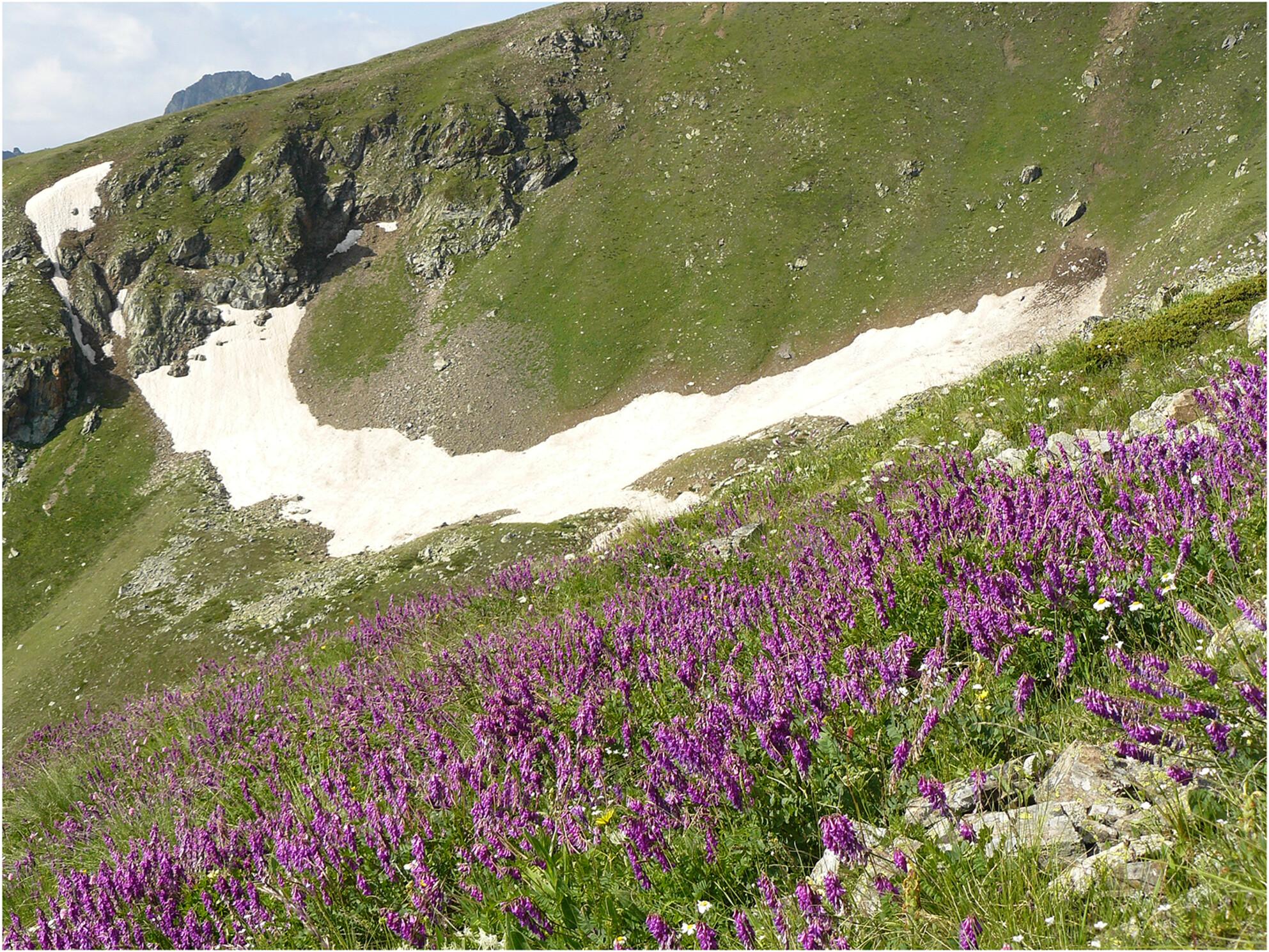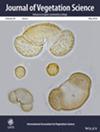CSR Strategies Are Associated With Elemental Leaf Chemistry in Alpine Plants
Abstract
Aims
The overall balance of multiple chemical elements in plant tissue has likely great adaptive significance for species in natural environments. By using alpine plants as a study system, we examined the relationship between a species' position within the Competitiveness–Stress–Tolerance–Ruderal (CSR) strategy scheme and the chemical elemental composition in its leaves.
Location
Alpine meadows in the Caucasus (Karachai-Cherkess Republic, Russia) and Tatra mountains (Slovakia).
Methods
We collected leaf material from 50 species in the Caucasus and 23 species in the High Tatras, with some species sampled in both regions. Macro and micronutrient as well as heavy metal contents were measured in leaf biomass. For each species, we calculated a CSR strategy based on its measured leaf traits.
Results
A wide spectrum of CSR strategies was found across the studied species. Competitiveness (C strategy) dominated in Veratrum album, Polygonum bistorta, and Gentiana punctata from the Tatras. The most significant differences in element concentrations were observed between stress-tolerant (S) and ruderal (R) strategies. K, S, Mg, Ca, Cl, Rb, Zn, Cu, Sr, and Na (for Tatra and Caucasian) and N and P (for Caucasian) plants showed a significant negative relationship with proportional adherence to the S strategy, with only Si exhibiting a positive correlation with the S strategy. Meanwhile, Ca, Cl, Cu, Fe, K, Mg, Mo, N, Na, P, S, and Zn showed positive proportional adherence to the R strategy. The C strategy was positively correlated with K, Mg, and Rb for all species as well as with N and P for Caucasian plants, but negatively correlated with Fe, Cr, Mo, and Si.
Conclusions
Overall, CSR strategies had a close relation with macro- and micro-nutrient concentrations in leaves of alpine plants. Plants from different regions (Caucasus and Tatras) showed similar trends.


 求助内容:
求助内容: 应助结果提醒方式:
应助结果提醒方式:


